TL:DR – It was learning some of the common names for the macro moths that helped piqued my interest in being an amateur lepidopterist and citizen science moth-er.
There are around 1800 moth species seen in the UK. A large proportion of these are the so-called micro moths (which isn’t about size, but rather their position in evolutionary history) and they are usually referred to by their scientific name rather than a common name although some do have colloquial names too. But, almost all of the macro moths have an intriguing common name. Here are some of my favourites
The Clifden Nonpareil (Catocala fraxini) – This large moth is known for its striking appearance, with its black and white wings and a powder blue band across its hindwings. Its name, “Nonpareil,” means “unrivaled” in French and the Clifden, is the archaic spelling of Cliveden, as in Cliveden House the site where it was recorded scientifically in the early days of formal entomology.
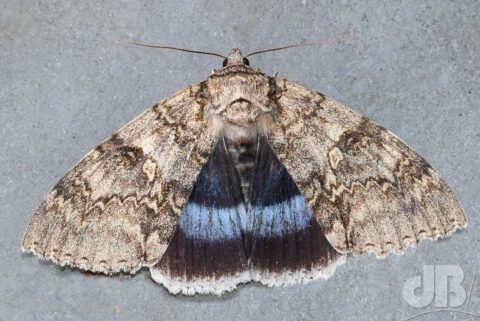
The Buff-tip (Phalera bucephala) – At rest, this moth look like a piece of broken silver birch twig. The Buff-tip of its common name refers to the colour of the ends of its forewings.
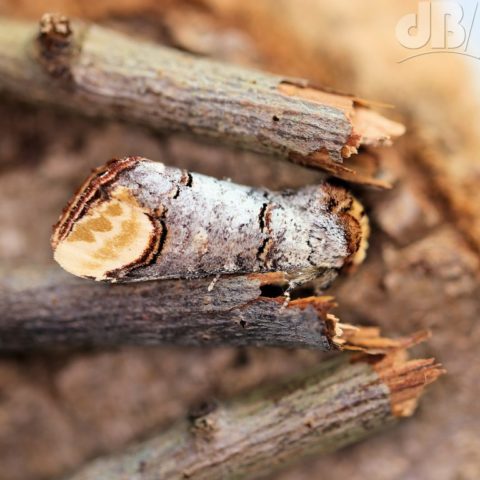
The Merveille du Jour (Griposia aprilina) – This moth’s name comes from French, meaning marvel of the day. It’s a stunning green moth with intricate black patterning on its wings, it blends in well with lichen-covered surfaces.
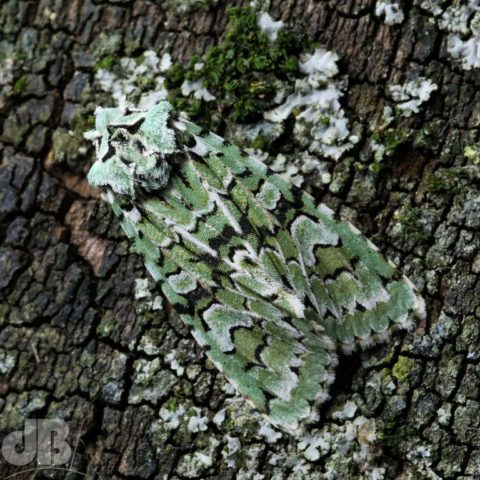
The Coxcomb Prominent (Ptilodon capucina) – When at rest this otherwise brown and relatively innocuous moth has a profile shape resembling the a cockerel’s comb. The colouration and shape make it otherwise resemble a curling autumnal leaf.
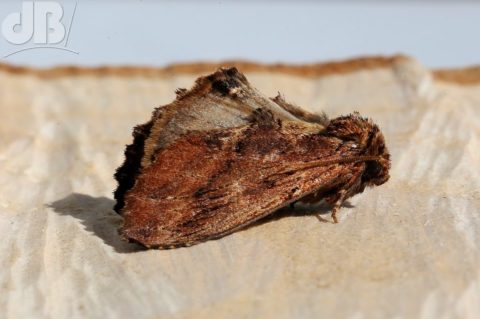
The Herald (Scoliopteryx libatrix) – This moth is known for its stately orange orange wings, when at rest it looks like a shield or perhaps the penant that might hang from a horn player’s instrument at a ceremony.
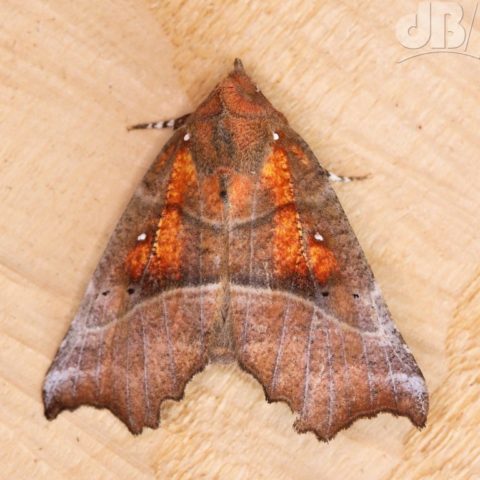
The Old Lady (Mormo maura) – The Old Lady is named for its resemblance to black or dark-brown silk commonly worn during mourning by widows of the late 18th Century when the species was named. It is sometimes known as the Black Underwing or the Grave Brocade, although both those archaic names are frowned upon.
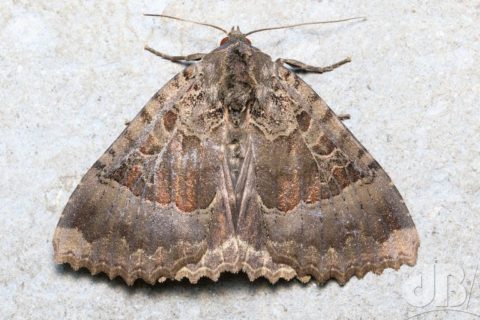
The Vapourer (Orgyia antiqua) – This moth, occasionally known as the Rusty Tussock, is as that latter name would suggest largely brown, although the males have a white spot on each forewing which gives something of the appearance of eyes staring back at wouldbe predators. It is known as The Vapourer because the wingless and so flightless females exude pheromones, producing a vapour trail to attract the day-flying males.
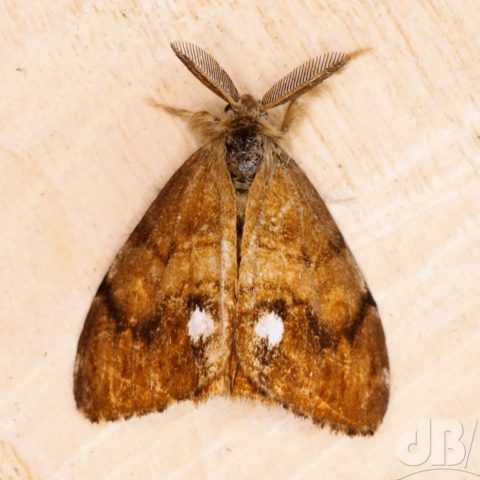
The Shark (Cucullia umbratica) – This fairly large moth gets its common name from its grey and sleek appearance when at rest and its thoracic crest adds to the allusion of a shark-like shape.
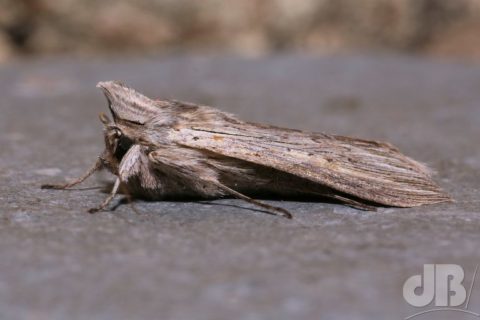
The Ruby Tiger (Phragmatobia fuliginosa) – This moth is known for its striking appearance, with its bright red colour and furry body. It bears little resemblance to the other “tiger” moths, which have a more butterfly-like appearance, although only the Jersey Tiger as stripes, the others are spotty.
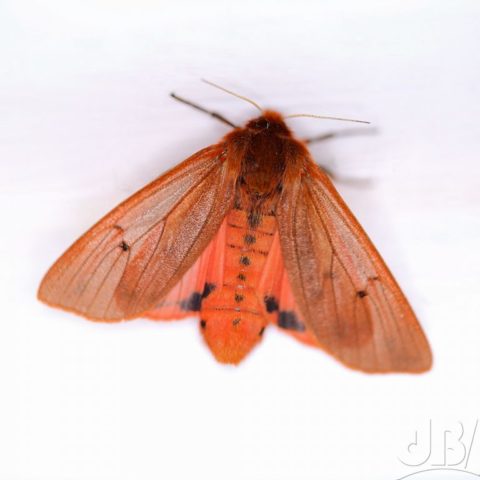
The Nutmeg (Anarta trifolii) – This moth is named after its speckly grey appearance, which must have reminded the early entomologists of the spice, perhaps the face of a piece of nutmeg after grating.
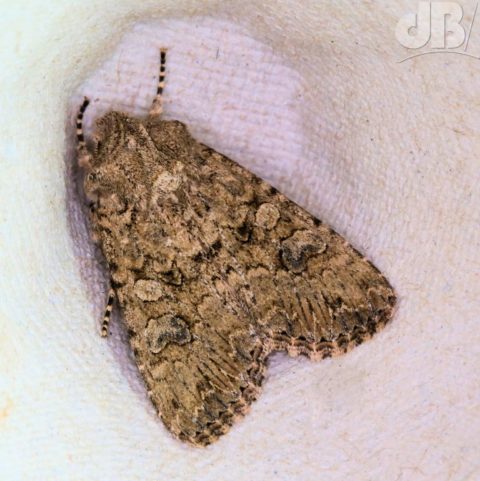
I reviewed Peter Marren’s excellent book about the names of the Lepidoptera, Emperors, Admirals, and Chimney Sweepers, on Sciencebase some time ago. I still refer to it on an almost daily basis during the peak mothing season.